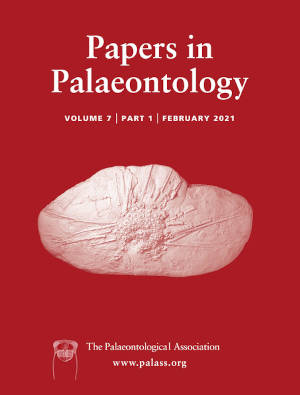Reg. Charity No. 1168330

Caimaninae is one of the few crocodylian lineages that still has living representatives. Today, most of its six extant species are restricted to South and Central America. However, recent discoveries have revealed a more complex evolutionary history, with a fossil record richer than previously thought and a possible North American origin. Among the oldest caimanines is Eocaiman cavernensis, from the Eocene of Patagonia, Argentina. It was described by George G. Simpson in the 1930s, representing the first caimanine reported for the Palaeogene. Since then, E. cavernensis has been ubiquitous in phylogenetic studies on the group, but a more detailed morphological description and revision of the taxon were lacking. Here, we present a reassessment of E. cavernensis, based on first-hand examination and micro-computed tomography of the holotype, and reinterpret different aspects of its morphology. We explore the phylogenetic affinities of E. cavernensis and other caimanines using parsimony and Bayesian inference approaches. Our results provide evidence for a monophyletic Eocaiman genus within Caimaninae, even though some highly incomplete taxa (including the congeneric Eocaiman itaboraiensis) represent significant sources of phylogenetic instability. We also found Culebrasuchus mesoamericanus as sister to all other caimanines and the North American globidontans (i.e. Brachychampsa and closer relatives) outside Caimaninae. A time-calibrated tree, obtained using a fossilized birth–death model, shows a possible Campanian origin for the group (76.97 ± 6.7 Ma), which is older than the age estimated using molecular data, and suggests that the earliest cladogenetic events of caimanines took place rapidly and across the K–Pg boundary.